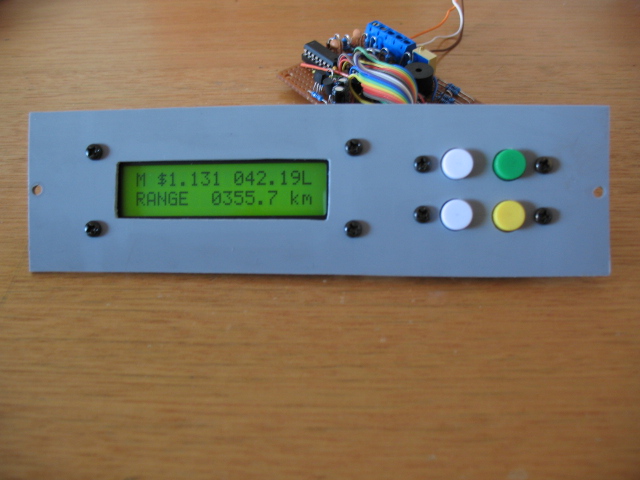
 |
| Car Trip Computer |
Parts required;
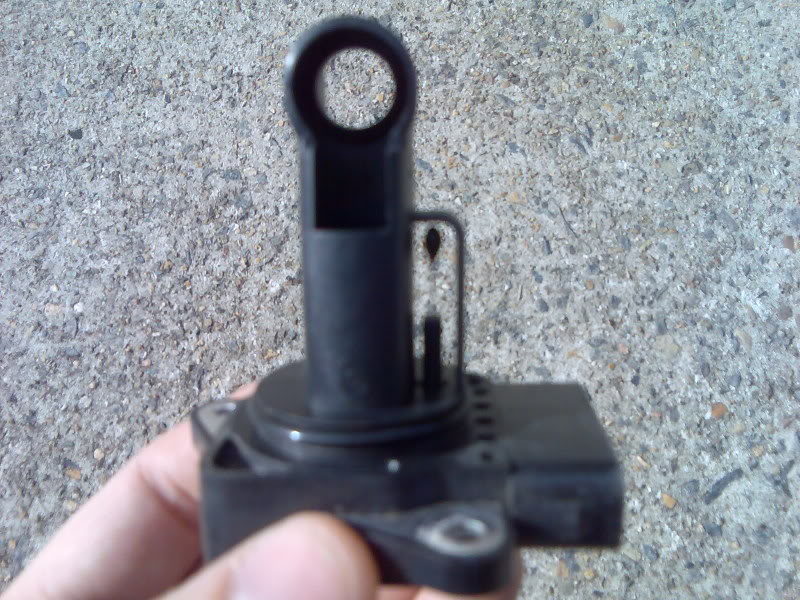 Toyota Prado MAF sensor, thermistor (IAT) on right. |
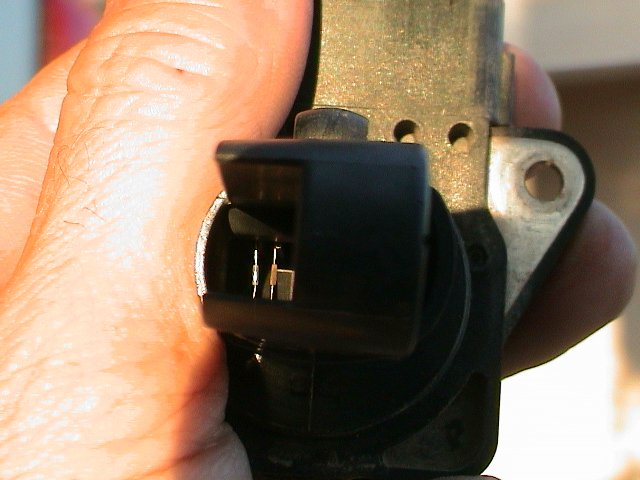 Two exposed wires inside one side of the tube. |
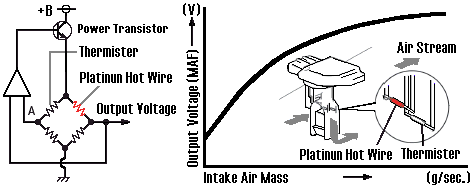 How it works |
Other sensors to check if working correctly are (consult service and repair manual);
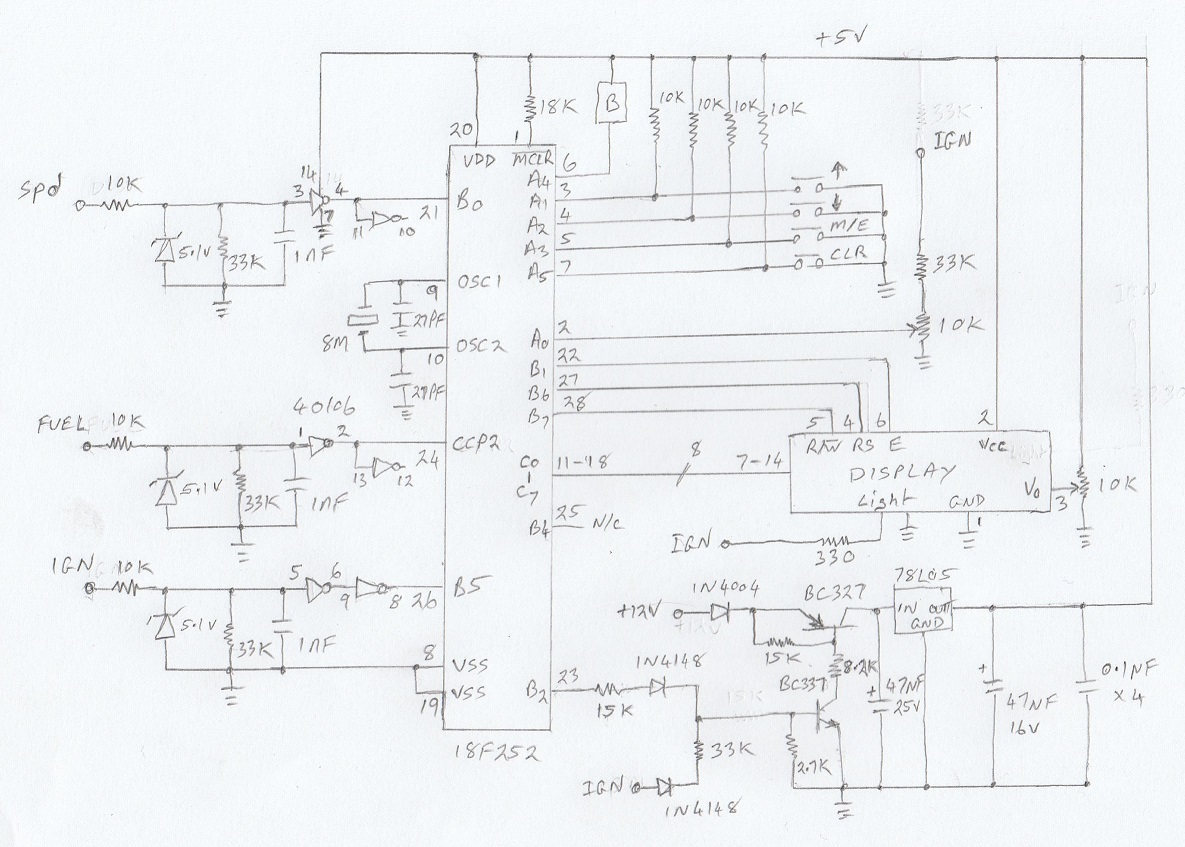
Circuit diagram
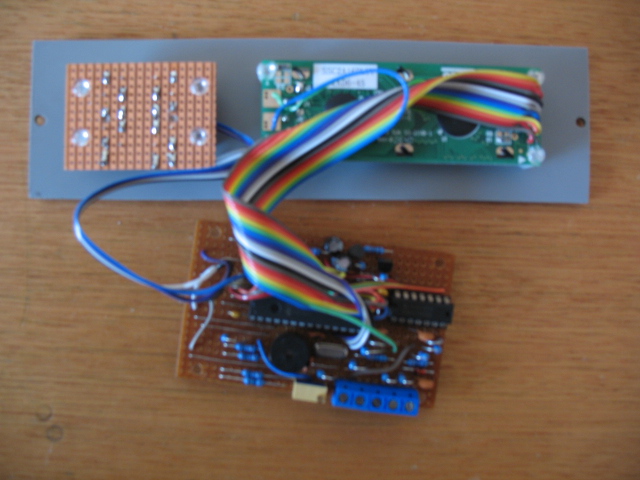
Rear view